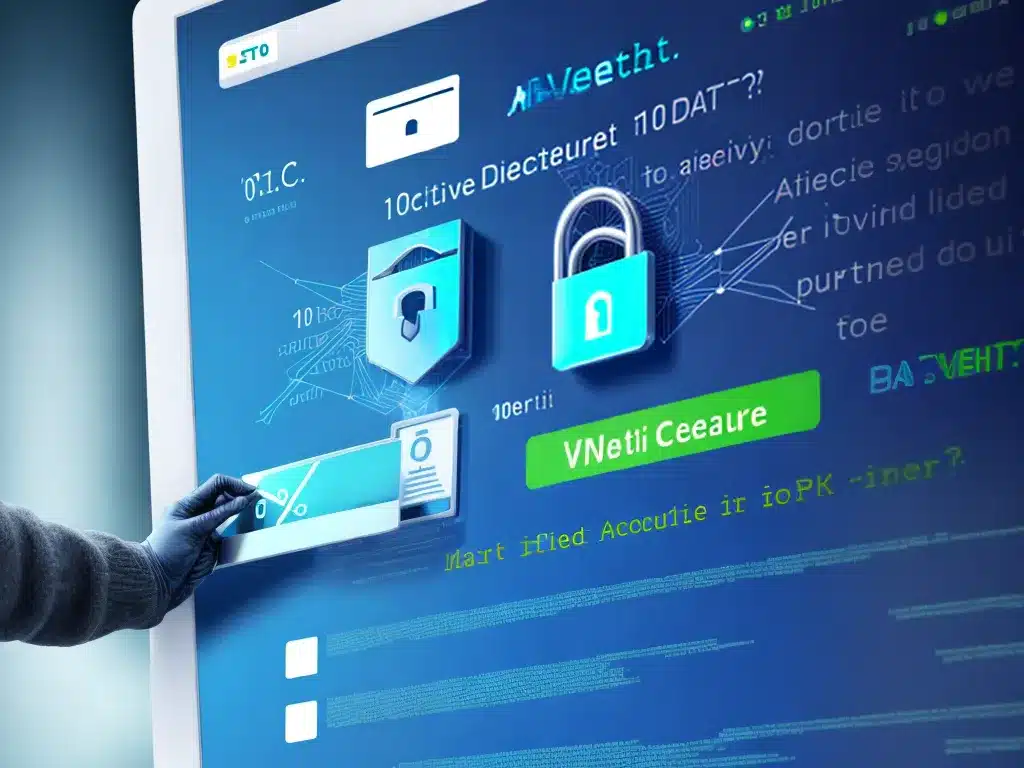Introduction
Data security is a crucial issue for individuals and organizations in the digital age. As more sensitive information is stored and transmitted online, the risks of data breaches continue to rise. While 100% data security may seem like an impossible goal, there are steps you can take to get as close as possible. In this article, I’ll examine the challenges of perfect data security and outline best practices for minimizing risks.
The Elusive Goal of Perfection
Is it really feasible to achieve completely bulletproof data security? Information security experts suggest perfect security is more an aspirational goal than a truly attainable outcome. Here are some of the obstacles standing in the way:
-
The Human Factor – Many data breaches originate from employee mistakes or malicious actions. No system can fully prevent human error or wrongdoing.
-
Unknown Vulnerabilities – Hackers are constantly finding new ways to exploit vulnerabilities in software, hardware and processes. There may be unknown gaps in any security setup.
-
Increasing Complexity – As systems get more complex with more users, devices and interconnections, it becomes exponentially harder to control all variables.
-
Evolving Technology – Advances in areas like quantum computing could render current encryption methods obsolete, forcing security to adapt.
-
Motivated Attackers – Well-resourced hackers have time and motivation to probe systems relentlessly until they find a way in.
So while 100% security is not realistic, that doesn’t mean effective security is impossible. It just requires continuous vigilance.
Best Practices for Maximizing Data Security
Even if 100% security is elusive, organizations can still mitigate risks substantially by applying security best practices such as:
Maintain Strong Access Controls
-
Principle of least privilege – Only provide access to the minimum data and resources needed for each user’s role.
-
Multi-factor authentication – Require more than one credential to verify identity, like biometrics plus passwords.
-
Review permissions regularly – Double check users’ access needs frequently to avoid accumulation of unnecessary privileges.
Protect Data Throughout Its Lifecycle
-
Encrypt data in transit and at rest – Prevent unauthorized access to data as it travels over networks and when stored on devices.
-
Securely delete retired data – Use wiping tools to permanently erase data no longer required.
-
Restrict file copying – Block users from making uncontrolled copies of sensitive data.
Install Robust Defenses
-
Next-gen antivirus – Use advanced malware protection including heuristics, machine learning and behavior monitoring.
-
Email security – Deploy tools like SPF, DKIM and DMARC to prevent phishing attacks.
-
Firewall – Segment networks and monitor traffic between zones.
Foster Security-First Culture
-
Security awareness training – Educate all employees on security best practices through engaging workshops.
-
Simulated attacks – Run controlled phishing and social engineering tests to measure readiness.
-
Cyber insurance – Maintain adequate coverage in case a breach does occur.
The Ongoing Pursuit of Better Security
While achieving 100% data security appears impossible today, with continuous optimization and vigilance, we can get asymptotically closer to that goal over time. Information security requires ongoing risk assessment, prompt patching, technological evolution and an organizational culture focused on protecting data. By making data security a top priority, organizations can keep driving that percentage higher and higher. But for true peace of mind, we must accept there will always be another security frontier to conquer tomorrow.
Conclusion
Perfect data security is an ambitious target given the growing complexity of technology environments and motivated attackers. However, using a layered “defense-in-depth” strategy organizations can substantially reduce risks. Maintaining strong technical controls, security-focused processes and an aware workforce can get your firm close to the maximum security possible today. With a pragmatic, continuous improvement approach, ever-higher levels of protection are within reach. While 100% security remains elusive, excellence is still attainable.













